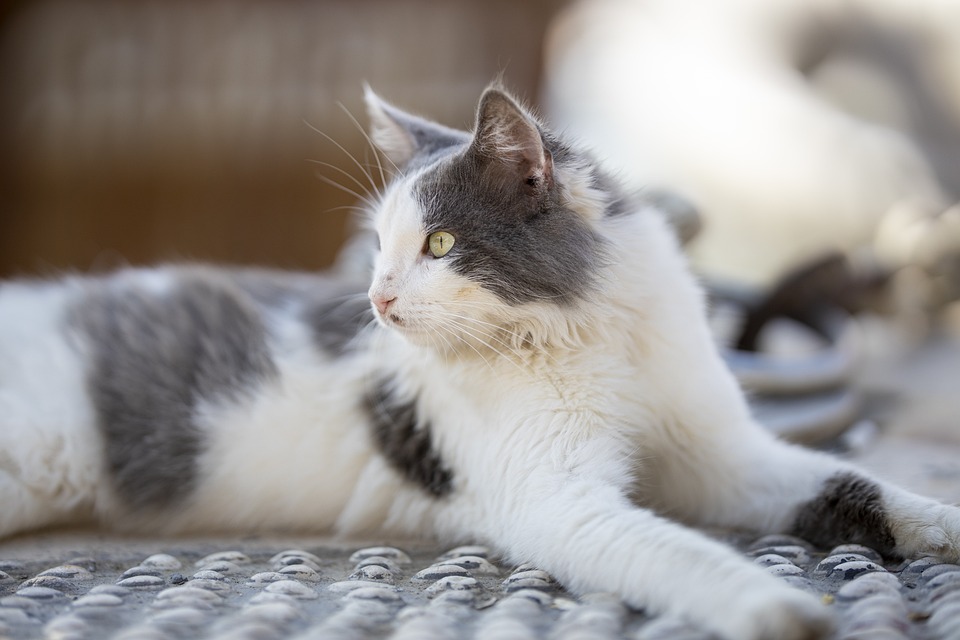Choosing the right cat food is essential for maintaining your furry friend’s health and wellbeing. A balanced diet plays a crucial role in promoting optimal growth, development, and overall vitality in cats. However, with so many options available in the market, it can be overwhelming to decipher the labels and ingredient lists on cat food packaging. This guide aims to provide you with the necessary knowledge and insights to make an informed decision when selecting cat food.
Decoding Cat Food Labels: What to Look for
1. Identifying the Type of Cat Food:
Different types of cat food include dry, wet, and semi-moist options. Each type has its own advantages and considerations. Dry cat food is convenient and can help maintain dental health, while wet food provides hydration and is often more palatable. Semi-moist cat food offers a balance between the two. Consider your cat’s needs, preferences, and any specific dietary requirements when choosing the appropriate type.
2. Understanding Nutritional Adequacy Statements:
Nutritional adequacy statements on cat food labels indicate whether the product provides a complete and balanced diet. Look for phrases such as “formulated to meet the nutritional levels established by the AAFCO Cat Food Nutrient Profiles.” Additionally, consider your cat’s life stage and any special dietary needs, such as those for kittens, adult cats, or senior cats.
3. Analyzing Guaranteed Analysis:
The guaranteed analysis section on cat food labels provides information about the nutrient content of the food. Pay attention to the percentages of protein, fat, carbohydrates, moisture, and fiber. These values should align with your cat’s specific requirements. Consult your veterinarian to determine the ideal nutrient profile for your cat’s age, breed, and health condition.
4. Exploring Ingredient Lists:
The ingredient list is a crucial aspect of choosing cat food. Look for high-quality animal protein, such as chicken, turkey, or fish, listed as the primary ingredient. Avoid cat food that relies heavily on plant-based proteins or low-quality by-products. Artificial additives, fillers, and excessive grains should also be minimized. Opt for cat food with natural and wholesome ingredients.
5. Considering Special Dietary Needs:
Just like humans, cats can have food allergies or sensitivities. If your cat exhibits signs of allergies or sensitivities, such as skin irritations or digestive issues, consider hypoallergenic, grain-free, or limited ingredient diets. It is crucial to consult with a veterinarian to address specific health conditions and receive guidance on suitable dietary options.
Frequently Asked Questions (FAQs)
1. Is it important to choose cat food with real meat as the primary ingredient?
Yes, high-quality animal protein is vital for cats. Cats are obligate carnivores, meaning they require a diet rich in animal-based protein. Plant-based proteins and by-products may not provide the necessary nutrients and can have a negative impact on a cat’s health.
2. How can I determine if a cat food is appropriate for my cat’s age or life stage?
Look for indicators on the cat food label that specify suitability for different life stages, such as “kitten,” “adult,” or “senior.” Additionally, consult your veterinarian to ensure your cat’s nutritional needs are met at each life stage.
3. What are some common ingredients to avoid in cat food?
Avoid cat food that contains potentially harmful additives, artificial preservatives, and artificial colors. Excessive fillers and low-quality by-products should also be minimized. Opt for cat food with natural and recognizable ingredients.
4. Should I opt for grain-free cat food?
Grain-free cat food has gained popularity in recent years. While there may be benefits for certain cats, it is essential to consider your cat’s individual sensitivities or allergies. Consult with your veterinarian to determine the best dietary option for your cat.
5. Can I switch my cat’s food abruptly or should it be done gradually?
A sudden change in diet can lead to digestive upset in cats. It is recommended to transition to a new cat food gradually over a period of 7-10 days. Mix a small amount of the new food with the old food, gradually increasing the proportion of the new food each day.
Conclusion
Choosing the right cat food is a crucial responsibility for cat owners. By understanding how to read labels and ingredient lists, you can make informed decisions about your cat’s nutrition. Regularly monitor your cat’s health, and consult with a veterinarian for expert advice on selecting the most suitable cat food for your furry friend. With proper nutrition, your cat can enjoy a healthy and happy life.








